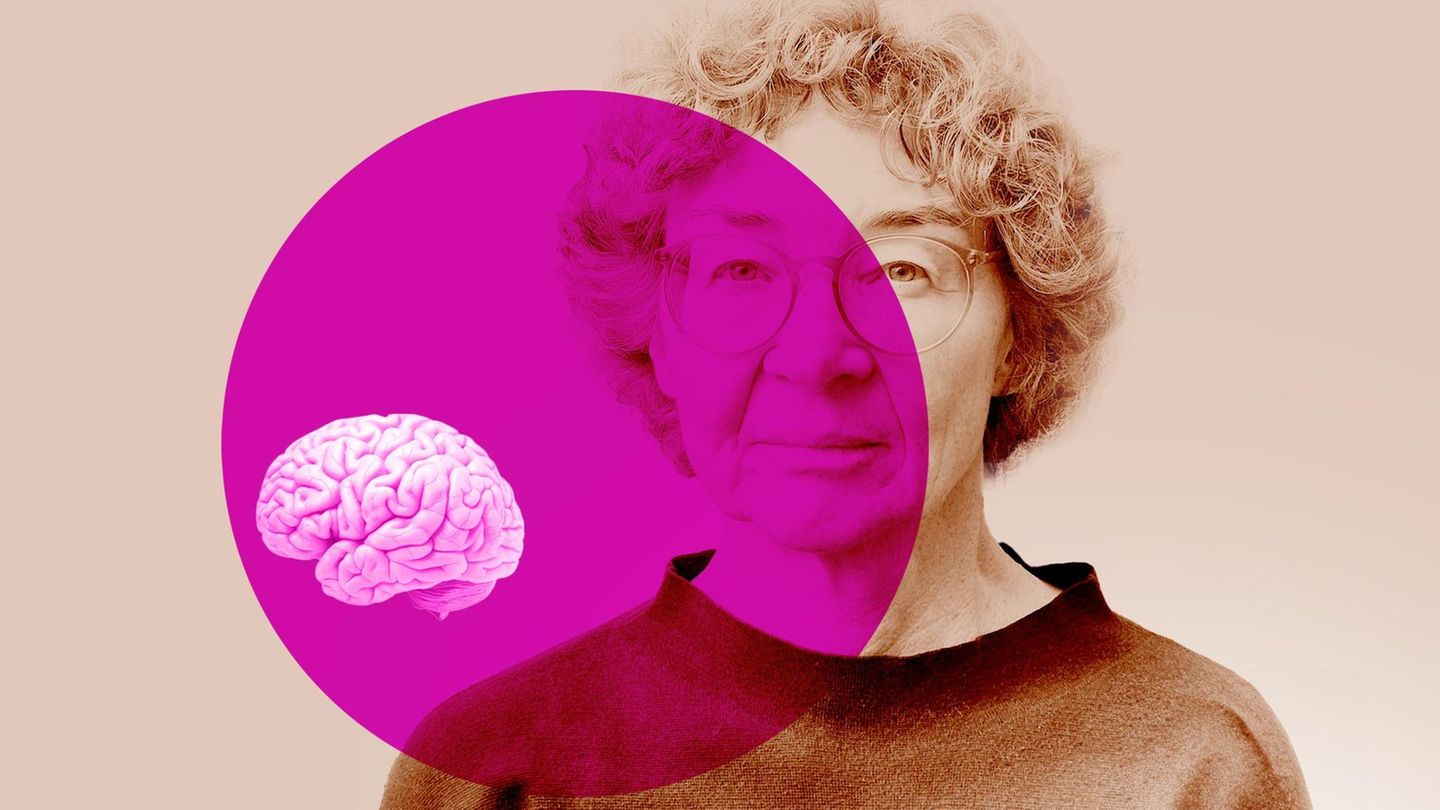A working document by the committee available to the APA shows how the federal states are moving further and further away from the orange zone of the still high risk. The test-loving federal capital is still holding up best.
According to the forecast, 18 percent of the beds in the normal wards in Burgenland will be occupied in a Covid-specific manner in two weeks. Double-digit percentages are expected everywhere except in the three western federal states and in Upper Austria. An increase in the surface is assumed in all federal states.
This video is disabled
Please activate the categories Performance Cookies and Functional cookies in your cookie settings to view this item. My cookie settings
This is probably also due to the fact that the number of infections is rising sharply in the group of older people who are particularly at risk, namely by 30 percent among the over-65s. Across all groups, the increase was 28 percent.
A large number of infected people who were still asymptomatic at the time the test was taken are only found in Vienna. After all, 69 percent of the cases in the federal capital belong to this group. For comparison: in Carinthia it is six percent. However, in Carinthia not even 42,000 tests per 100,000 inhabitants are made per week, in Vienna, on the other hand, the existing offer is used extensively with almost 137,000 per 100,000 inhabitants. In Carinthia, 6.5 percent of the tests carried out were positive, in Vienna only two percent. Salzburg has the highest positivity rate at 8.6 percent.
Fewer tests, fewer infections
It can be assumed that the number of infections found will automatically go down with the reduction in tests from April. The infection process is still reflected in the traffic light in rich red. The highest risk zone begins at 100 and no federal state is even close to the value. Vienna deteriorated this week from 122.3 to the risk number 170.2 and is still far away from the other countries. Lower Austria has the second best value with 338.9. Burgenland is currently the worst with 410.1.
However, the minutes of the commission meeting – available to the APA – show why the original recommendation to reintroduce preventive measures was revised again at last week’s meeting and replaced by a weakened, general advice in a second vote. She reads the reasoning somewhat idiosyncratically.
The argument is that the information about the recommendation from the committee went to the media. This represents an “inadmissible instrumentalization” of the commission: “In order to counteract this instrumentalization and any communication problems in the context of media reporting, the chairperson calls up the recommendations again and the existing wording is questioned and an alternative wording proposal is made, which will be put to the vote after detailed discussion and another interruption,” says the preliminary minutes of the committee headed by Chief Medical Officer Katharina Reich. There were six abstentions on this second vote, compared to just one on the original, sharper text. The latter is of course not noted in the minutes.
Another session today – without recommendation
This Thursday you will be spared such discussions. Because at this meeting – like recently every two weeks – there are neither reports nor recommendations. The color scheme – which can already be read from the working document – is approved.
Source: Nachrichten




